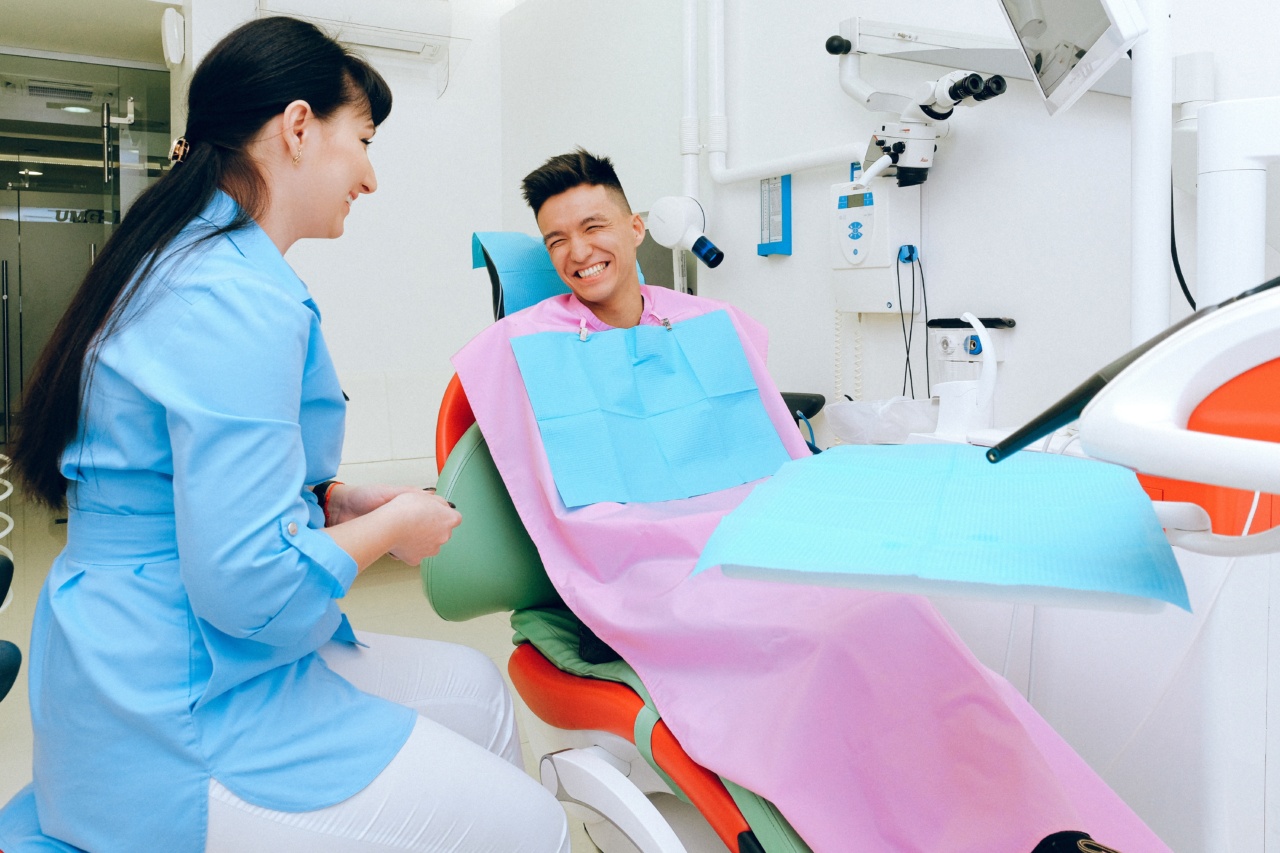Colonoscopy is a widely used procedure for detecting colon cancer and other abnormalities in the digestive system. However, when it comes to detecting oral cancer, colonoscopy might not be the best approach.
Although it may help identify some early signs of the disease, the limitations of colonoscopy in detecting oral cancer are significant. In this article, we’ll discuss some of the most important limitations of colonoscopy in detecting oral cancer.
1. Site-Specific Examination
One of the main limitations of colonoscopy in detecting oral cancer is its site-specific focus. During a colonoscopy, a long, flexible tube with a camera is inserted through the rectum to examine the entire length of the colon.
This approach is not possible with oral cancer, as it involves a different area of the body.
Oral cancer typically develops in the mouth, throat, or tongue, and a site-specific examination is required to detect it. This means that a separate procedure, such as an oral examination, is necessary in addition to colonoscopy.
2. Limited Visibility
Another limitation of colonoscopy in detecting oral cancer is limited visibility. Colonoscopy provides a clear view of the inside of the colon, but the oral cavity is a complex and narrow area that is difficult to examine.
The tongue, floor of the mouth, and tonsils, in particular, can be difficult to observe with a colonoscope.
Furthermore, the colonoscope is not designed to view the inside of the throat or larynx, which are common sites for oral cancer.
As a result, the effectiveness of colonoscopy in detecting oral cancer is limited, and additional tests, such as an endoscopy or MRI, may be required to get a more accurate view of the affected area.
3. Risk of Missed Tumors
Not all tumors are visible during a colonoscopy, and this can be a significant limitation in detecting oral cancer.
Small tumors can be easily missed during a colonoscopy, especially in areas that are difficult to examine, such as the tonsils and tongue.
In addition, some tumors may not show up on the colonoscopy if they are located deeper in the tissue or if they have not grown large enough to be detected.
This is why it is essential to have regular dental checkups and oral cancer screenings to detect cancer early before it spreads.
4. False-Positive Results
Another potential limitation of colonoscopy in detecting oral cancer is the risk of false-positive results. False-positives occur when tests indicate the presence of cancer when none is present.
This can cause unnecessary stress and anxiety for patients and may lead to unnecessary follow-up tests and procedures.
Colonoscopy can produce false-positives if there are benign growths or tissue inflammation that appear similar to cancerous growths. A biopsy or other diagnostic test may be necessary to confirm the presence of cancer and ensure accurate treatment.
5. Limited Effectiveness in Detecting Certain Types of Oral Cancer
Finally, colonoscopy may be limited in detecting certain types of oral cancer. For example, HPV-related oral cancer is on the rise, and these tumors may not be visible during a colonoscopy.
This is because HPV-related oral cancer is often located at the base of the tongue or in the tonsils, which are challenging areas to examine with a colonoscope.
Other types of oral cancer, such as salivary gland tumors and lip cancer, may also be challenging to detect with colonoscopy. In these cases, additional imaging tests and biopsies may be necessary to accurately diagnose and treat the cancer.
Conclusion
Colonoscopy is a valuable tool for detecting colon cancer and other digestive abnormalities, but its effectiveness in detecting oral cancer is limited.
Site-specific examinations, limited visibility, the risk of missed tumors, false-positive results, and limited effectiveness against certain types of oral cancer are some of the challenges associated with using colonoscopy to detect oral cancer.
Therefore, it is critical to have regular oral cancer screenings and to seek medical attention if you experience any symptoms, such as mouth ulcers, difficulty swallowing, or a persistent sore throat.

























